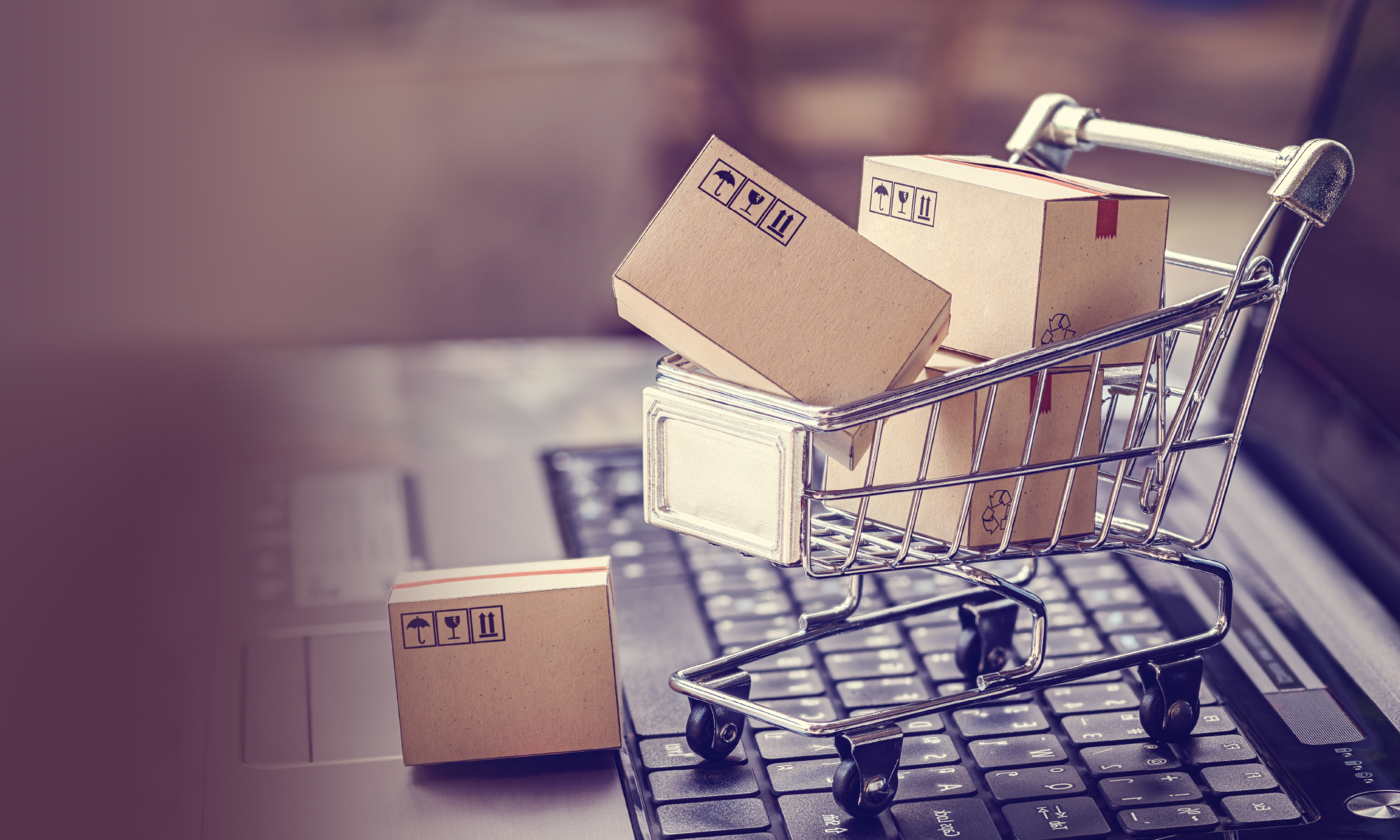The pandemic has turned many of your customers into a mystery. The time has come to get reacquainted.
Pandemic or no pandemic, consumers want to be known, engaged, and rewarded. And brands are happy to oblige. Gaining a better understanding of your customer empowers personalization—helping them get more of the goods and services they desire, how and when they want them. The result? Businesses get better top and bottom lines and customer loyalty grows. It’s a win-win proposition.
Pre-Covid, brands were well on their way to knowing their customers better than ever. Advances in consumer analytics and digital technology, driven by years-and-years of consumer data, were letting companies get closer and closer to their consumers as distinct human beings. Personal patterns of consumer preferences, affinities, purchase behaviors, brand loyalties, etc. were becoming clearer and more deeply understood.
Retail and Consumer brands were using that insight to develop a customer journey that’s seamless, relevant, authentic, and omnichannel.
Then came the pandemic.
Disrupted Worlds Bring Interrupted Relationships AND New Identities
Nearly overnight, long-established consumption patterns were broken. Behaviors changed. And changed again—often on the fly. Preferences were broken (or adjusted) and loyalties were called into question. The real-life humans served by brands in virtually every industry imaginable found themselves trying to live their lives day to day in very new ways. You might say, they became altogether different consumers to the brands that served them—disconnected from their prior life patterns.
In some ways, they became an entirely new customer.
This new customer is suddenly a mystery of sorts—with purchase behaviors and usage characteristics that continue to evolve as circumstances change, sometimes with the news cycle.
- With consumers moving away from eating out, “at home” brands gained significant momentum. Pepsi’s Frito-Lay and Quaker Foods businesses reported organic revenue growth of 6%, while spice maker McCormick & Co. reported its revenue climbed 7.6% to $1.43 billion in the three months ended Aug. 31 as more consumers cook at home./li>
- Frequency of usage dramatically grew for some legacy FMCG brands while others floundered. Strong demand for cleaning and hygiene products driven by the pandemic propelled Procter & Gamble to its largest single quarter sales increase in 15 years in Q1 21. On other hand, Loreal beauty product was hard hit due to salon closures and changing consumer habits as people stay home and face masks reduce demand for make-up.
- Consumers are switching brands at unprecedented rates. Over 75% of consumers have tried new brands, places to shop, or methods of shopping so far during the pandemic.
- Stay at home created new interest in traditional activities and accelerated many outdoor and lawn & garden brands to new heights. The home improvement and repair segment in the US saw product sales spike 8.7% compared to 2019. Consumers invested in at-home exercise. For example, in Germany and the United Kingdom, Amazon’s fitness-equipment sales spiked by approximately 60 percent each week in March 2020.

Of course, the changes have impacted different customers—and different retail sub-verticals—differently. While brick-n-mortar has been decimated, we’ve seen an explosion in e-commerce along with a resurgence of more traditional Grocery brands. The shift in purchasing patterns at the start of the pandemic amounted to “three to five years of acceleration in e-commerce, in a period of weeks and months”.
The mass migration to a virtual world has meant accelerated digital transformation for business and consumer alike—consolidating more and more of the customer journey into digital channels.
That’s put great pressure on brands to figure out how to be genuinely human (in a very personal way) to customers in the channels still available to them.
Embrace the New Identities—Don’t Expect Them to be Temporary
Regardless of what happens with the pandemic the need for brands to be more human, and more personal, in an increasingly virtual world is here to stay.
It’s unlikely that most consumers would go back to their pre-Covid behaviors. That means brands will need to get reacquainted with the post-Covid customer. They will need to rediscover how changes in consumer preferences, affinities, purchase behaviors, brand loyalties, etc. impact brands in this new world
So, just how do you do that?
Unlock What You Know
Retailers understand the value of data mining. But if information gets stored in different repositories—rather than making it centralized and universally accessible—the data simply won’t be harvested. Retailers need end-to-end visibility of the overall customer value chain by understanding what they buy, how, when, where and why. You can accomplish this by integrating customer data and the supply chain, connecting demand to supply.
Now is also the time for exploring a new framework for ensuring customer centricity. Here’s one possibility:
- Observe: Go out and see first-hand how customer behavior has changed
- Analyze: Use both observation and analytics to deepen understanding of the customer, their preferences, affinities, purchase behavior, brand loyalty, etc.
- Predict: Use AI/ML to predict product supply, supply chain forecasting, offer, service, and communication needs
- Personalize: Use predictions to personalize offers and recommendations
- Execute: Use integrated platforms and people to deploy seamless omni-channel experiences that drive loyalty and ease of use
- loop: Constantly loop back to analysis to see if behaviors are changing—adapting your customer strategy as they do
Bring It Back to the Customer, Starting at the Contact Center
Customer service listens and responds to the voice of the customer at a 1:1 level. And it’s especially important on the heels of a pandemic when the Contact Center has often become one of the few ways customers can actually interact with a real live human who represents the brand.
Intelligent 1:1 communication with their customers allows brands to use the right message or offer at the right time in the right channel. Customer service agents routinely enjoy such rich conversations with customers.
Unfortunately, service agents in many legacy systems often lack the analytics needed to guide a customer’s journey and optimize brand loyalty and consumption. They often only have very basic information about customers at their disposal. As a result, the focus is mostly on reactively solving issues rather than creating new brand relevance, value, and meaningful connection.
Getting reacquainted with your customer lets you better position your customer service teams to capitalize on conversations that are now more important than ever—transforming contact centers into revenue generators. Agents are better equipped to deliver seamless, personalized product, offer and service recommendations in real-time. Doing so drives customer loyalty and increases lifetime value.
Want to explore how? We’d love to talk.
Meet Ever-Changing Customer Demand

Howard has extensive experience working with retailing and manufacturing organizations over the last 20 years.




